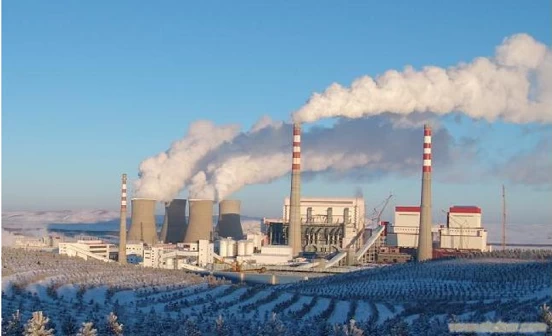Boiler Terminology Explanation (Part 7)
Boiler Terminology Explanation (Part 7)
61. Blackness (blackness)
The ratio of an object's actual radiative power to that of an absolute black body (commonly referred to as a black body) at the same temperature is also known as emissivity. It reflects how closely an object's surface approaches a black body in terms of radiation capability and is a crucial parameter in thermal radiation heat transfer. For example, in high-temperature applications, such as those involving a 1/2'' 1500LB forged gate valve, understanding blackness is essential to assessing heat dissipation and efficiency.
62. Infrared Inspection (infrared inspection)
Infrared inspection is a non-destructive testing technique that detects surface temperature or temperature distribution of a component by measuring infrared radiation, thereby determining its operating condition or the presence of internal defects. Infrared radiation is a type of electromagnetic wave. All component surfaces emit infrared radiation, and its power is proportional to the fourth power of temperature.
63. Absolute Black Body
A material with an absorption coefficient of 1.
64. The Fourth Power Law of Radiation
The radiative power of an absolute black body is proportional to the fourth power of its absolute temperature.
65. Boiler Circulation (boiler circulation)
Boiler circulation refers to the flow of water and steam-water mixtures within the furnace water-cooled walls. After feedwater enters the steam drum via the economizer, it is distributed to the water-cooled walls through downcomers and headers. Heat from the water-cooled walls generates steam, forming a steam-water mixture that returns to the steam drum. After separating steam, the remaining water circulates back into the water-cooled walls via downcomers and headers. Poor water circulation can lead to overheating and tube rupture, making proper circulation essential for boiler reliability.
66. Circulation Velocity
The velocity of saturated water within a tube, calculated based on the cross-sectional area of the tube and the working fluid flow rate. In natural circulation boilers, circulation velocity is influenced by pressure.
67. Mass Flow Rate
The flow rate of working fluid per unit cross-sectional area of a tube, measured in kg/(m²·s). For subcritical pressure conditions, the minimum allowable mass flow rate should be determined based on heat load to prevent heat transfer deterioration.
68. Circulation Ratio
The ratio of the circulating water entering the riser to the steam output at its outlet. In medium- and high-pressure boilers, circulation ratio must be sufficiently large to prevent salt accumulation on water-cooled walls. Under subcritical pressure, the minimum circulation ratio is limited to avoid film boiling. The circulation ratio depends on the system structure and the heat absorption intensity of riser tubes. Initially, as heat load increases, circulation velocity and circulation ratio increase, exhibiting a self-compensating effect. However, beyond a certain point, further heat load increases result in slower or no increase in circulation velocity, causing the circulation ratio to stagnate. If heat load continues to rise, the circulation ratio may decrease, reaching a threshold known as the limit circulation ratio.
69. Steam (steam)
A gaseous substance formed by the vaporization of water or the sublimation of ice.
70. Saturated State
When a specific amount of water is placed in a sealed, pressure-resistant container, and all air inside is evacuated, water molecules escape from the liquid phase into the gas phase. Over time, the water vapor fills the space above the liquid. At a given temperature, the vapor pressure stabilizes at a specific value, reaching a dynamic equilibrium where the rate of molecules leaving the water surface equals the rate of molecules returning. At this point, the system is in a saturated state, with the liquid and vapor phases known as saturated water and saturated steam, respectively. The pressure of saturated steam is called saturation pressure, and the corresponding temperature is saturation temperature. There is a fixed relationship between saturation pressure and saturation temperature.

 +86 512 68781993
+86 512 68781993 


















